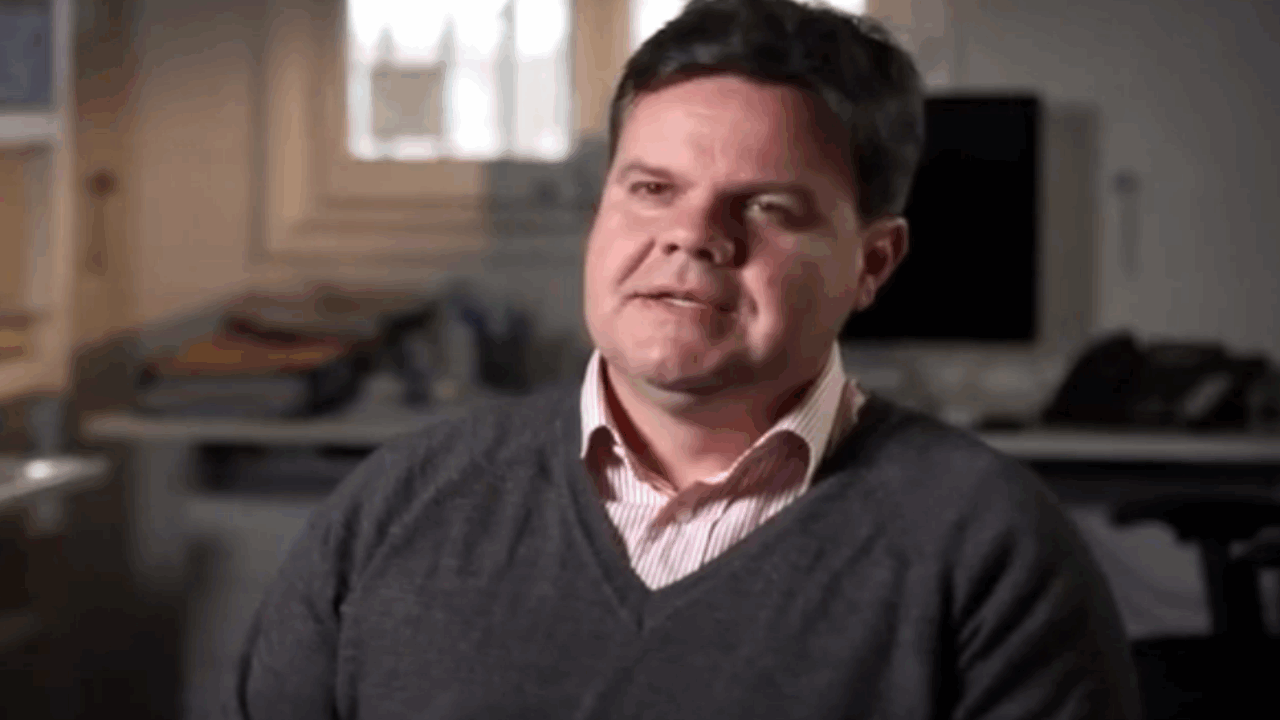Intersecting Contexts of Disability
When working with disabled young people, you need to consider their experience of disability within different cultural and social contexts.
Disabled young people are not all the same.
Disabled young people come from a diverse range of different backgrounds. Their identities are informed by many factors – things like upbringing, family, friends, where they live, their hobbies and interests, etc. They may have intersecting identities, such as being culturally diverse, queer or of a religious faith or minority, which influences how they experience their disability.
So when thinking about the different models of disability, how you ask questions, and the language that you use, you also need to consider how a disabled young person’s context applies and might interact with your work and your service.

First Nations Perspective
A really important context of disability is that of First Nations peoples. In the following video, Damian Griffis the CEO of First Peoples Disability Network Australia, discusses the ways in which Aboriginal and Torres Strait Islander disabled people experience and understand disability.
Stories of context
Some of the YDAS co-designers have been generous and shared their own personal experiences of intersecting identities. They will explain how this has influenced their understanding of disability.